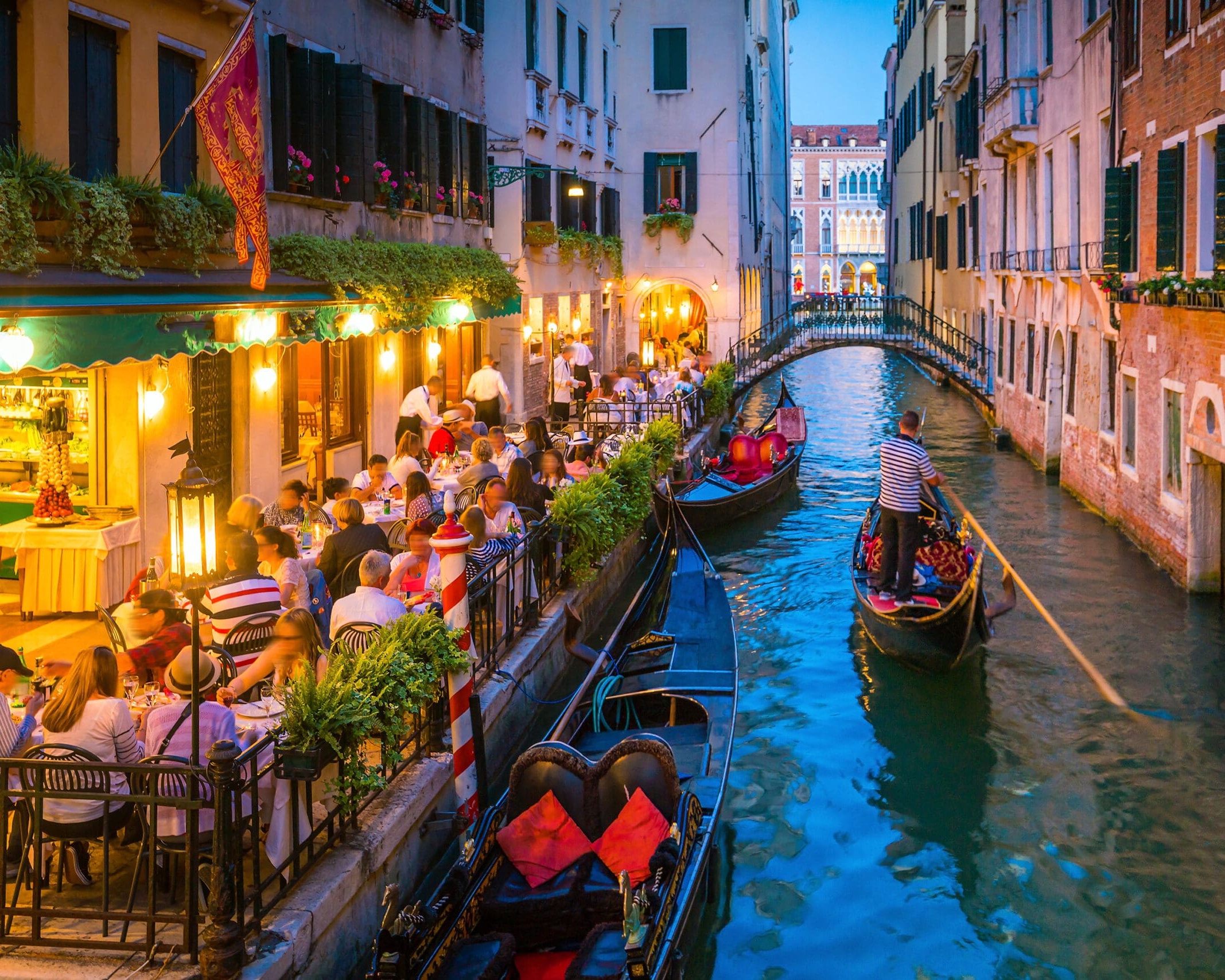Ah, Italy – where the pasta is as rich in history as the streets are in charm. Welcome to the land of la dolce vita, where every corner promises an adventure, every meal is a feast, and every sunset feels like a scene from a classic romance film.
This isn’t just another travel destination; it’s Italy, a country where the art is as palpable in the galleries as it is in the piazzas, and the past is as present as the bustling, vibrant life that dances through its ancient streets.
From the snow-capped Alps in the north to the sun-drenched beaches in the south, Italy is a masterpiece, painted with the vibrant colors of its diverse landscapes and enriched by the depth of its centuries-old cultures.
Whether you’re planning to marvel at the architectural wonders of Rome, lose yourself in the Renaissance beauty of Florence, or sail the azure waters of the Amalfi Coast, we’ve got you covered.

The Best Time To Visit
The best time to visit Italy varies depending on what you’re looking for, but each season offers its own unique charms:
- Spring (April to June): Ideal for mild weather and fewer crowds, perfect for city explorations and countryside adventures.
- Summer (July and August): Peak tourist season with hot weather, great for beach lovers and festival-goers, but expect higher prices.
- Fall (September to October): Offers cooler temperatures, thinner crowds, and the beauty of harvest season, especially appealing for food and wine enthusiasts.
- Winter (November to March): Less crowded, lower prices, and a unique charm, especially beautiful for cultural trips in major cities and experiencing Venice’s Carnival in February.
For a blend of pleasant weather and fewer tourists, the shoulder seasons of spring and fall are ideal. However, Italy’s allure is year-round, with each season offering something special.
What To Know
In Italy, the official language is Italian
In Italy, the currency used is the Euro.
The Euro is one of the most widely used currencies in the world, making it convenient for travelers from other Eurozone countries since they don’t need to exchange their money when traveling to Italy.
For visitors from outside the EU, currency exchange services are readily available at airports, banks, and specialized currency exchange offices, ensuring easy access to the local currency for all your Italian adventures.
Italy is considered safe for tourists. However, as in any well-visited locale, it pays to sip the experience with a slight caution.
In major cities such as Rome, Florence, and Venice, the most common issues tend to be non-violent crimes like pickpocketing or scams targeting tourists. These can be more prevalent in crowded areas, near major tourist attractions, or on public transportation. It’s wise to keep your belongings secure, stay aware of your surroundings, and be skeptical of too-good-to-be-true offers.
Beyond the urban hustle, the picturesque countryside and smaller towns of Italy offer a tranquil retreat with even fewer safety concerns.
For the latest travel advisories and safety tips, it’s always a good idea to check with official sources or your embassy before embarking on your journey.
Italy’s public transport network offers a variety of options that weave through the country’s historic streets, scenic landscapes, and coastal views, making it a convenient way to explore the diverse regions.
Trains: Italy boasts an extensive and efficient rail network that connects major cities and many smaller towns, offering services ranging from high-speed trains like the Frecciarossa and Italo, to regional trains that meander through the countryside. The train system is a popular choice for both speed and scenic beauty, providing a comfortable way to traverse the country’s length and breadth.
Buses: Complementing the train network, buses serve routes that trains don’t reach, especially in rural areas and along the coast. Bus travel is cost-effective and provides access to some of Italy’s more secluded gems.
Metro: Major cities like Rome, Milan, and Naples have metro systems, ideal for quick and easy travel within the urban centers. The metro is a great option for avoiding traffic and reaching major attractions efficiently.
Trams and Trolleys: Several Italian cities, including Milan and Turin, feature tram networks that offer a scenic and relaxed way to explore the urban landscape.
Ferries: Given Italy’s extensive coastline and islands, ferries are an essential part of the transport system, connecting the mainland to islands like Sicily and Sardinia, and offering beautiful sea views along the way.
For travelers, purchasing tickets in advance when possible, and validating them before boarding, is key to smooth travel. With options ranging from fast trains to leisurely ferries, Italy’s public transport is a window to the country’s soul, offering both efficiency and the joy of discovery.
Italy Travel Guides
February 15, 2024
10 Things to Do in Trastevere, Rome
June 12, 2022
